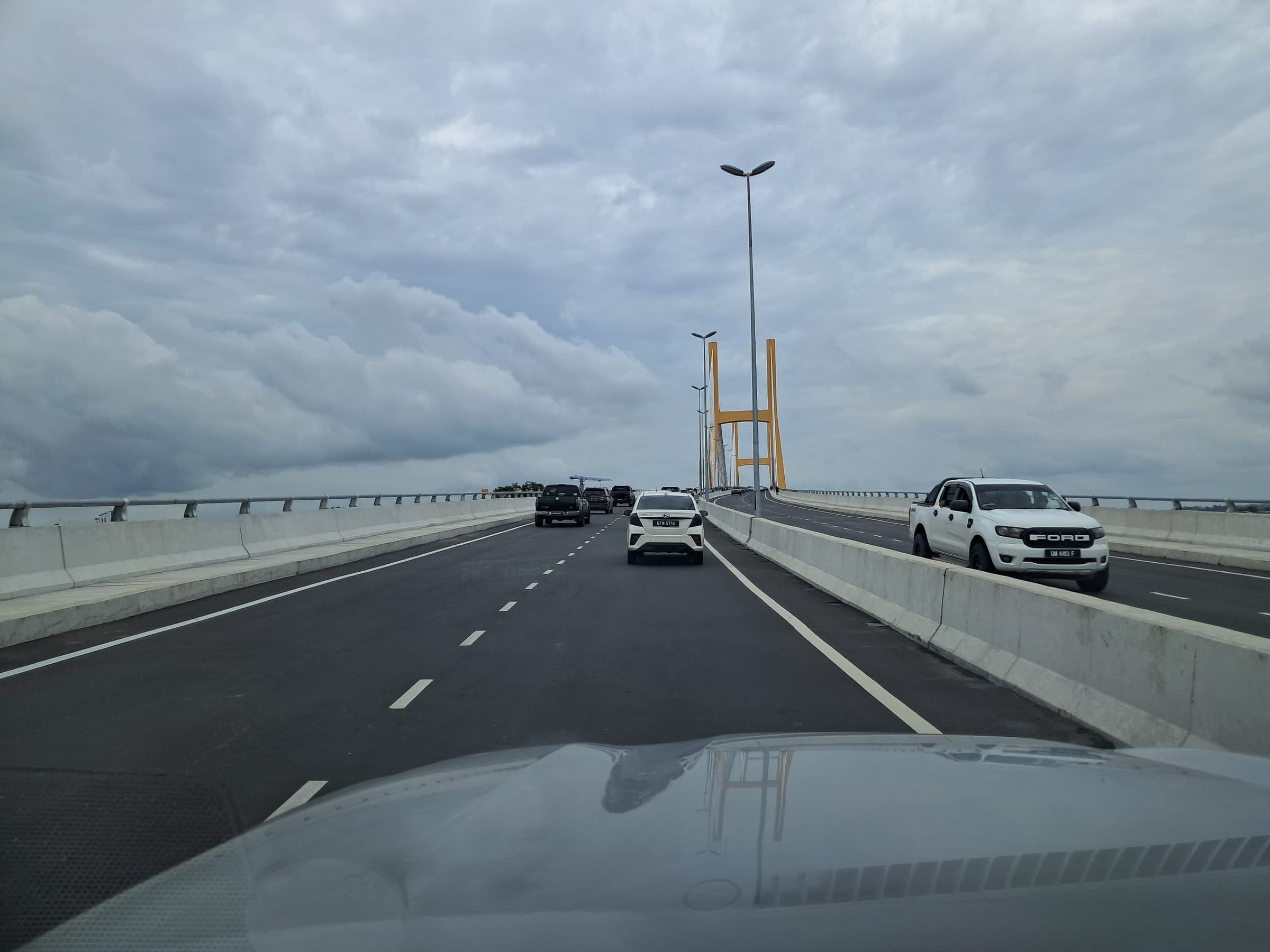Bridges That Transformed Bintulu: From a Quiet River Town to an Industrial Powerhouse
How Bintulu’s Bridges Shaped Its Growth—From Timber Boom to LNG Hub, and the Cost of Rapid Development

For centuries, the Bintulu River—renamed Kemena during British rule—was the town’s lifeline. Its waters carried fishermen to sea, floated rafts of timber downstream, and separated communiti…
Keep reading with a 7-day free trial
Subscribe to Borneo's Voices & Stories to keep reading this post and get 7 days of free access to the full post archives.




